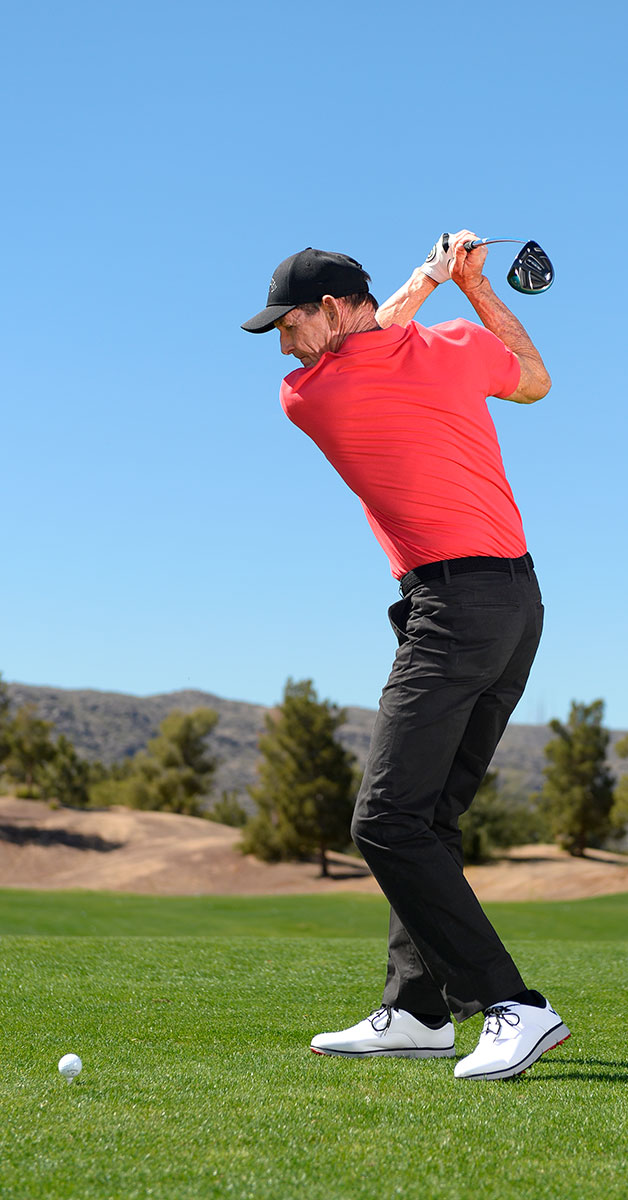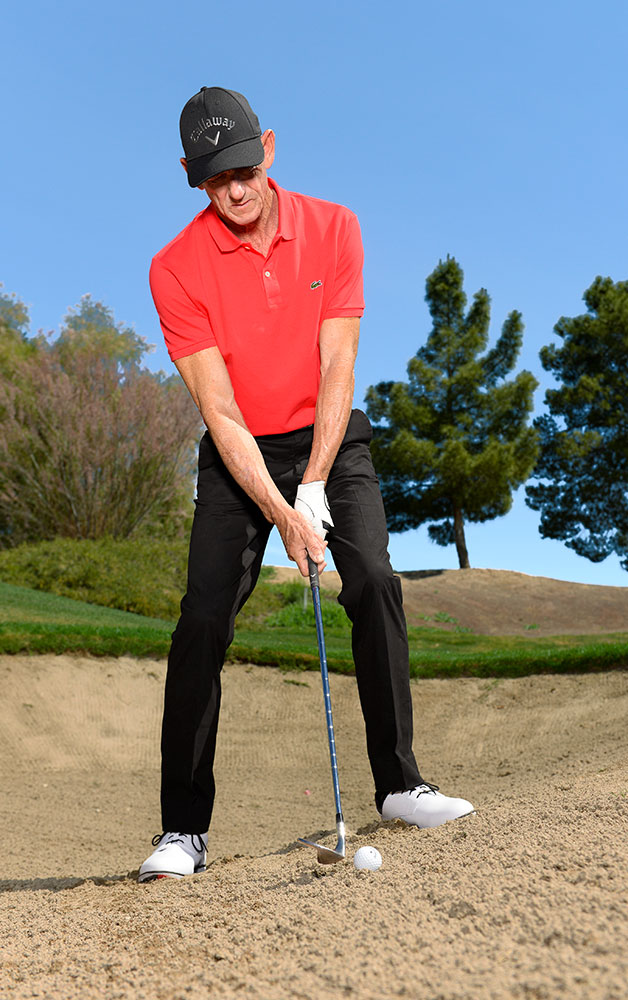Everybody wants to improve their skills. You want a better swing, the ability to hit more short-game shots and a pretty putting stroke – I get it.
But if I was riding in your cart and coaching you the next time you played, I’d cut at least five shots off your score by fixing things that don’t have all that much to do with your swing mechanics. I’d focus on simpler stuff – the things that cause most players to bleed strokes over and over. I’d help you make better decisions off the tee, show you how to get out of trouble on the approach, and take a bunch of risk out of your short game.
With those tweaks, you’ll be playing much closer to your potential with the game you have on the day you’re teeing it up – which should be your goal whether you’re a 20-handicapper or a tour player. Heck, if your course has a brutal starting hole like mine does, you might even save five shots by the time you get to the second tee!
– with Matthew Rudy
 Driver
Driver
Here are two ways to save strokes off the tee, because the driver can do damage to your scorecard by slicing shots, or using it when another club would be a better choice. If you slice, it’s probably because you’re body is moving too fast in relation to your arms. Change that by slowing down your body’s rotation towards the target while speeding up your arm swing. If you keep your arms moving fast, you’ll close the clubface before impact and start hitting that draw everybody wants. The other stroke saver is to use your 3-wood off the tee [right]. It has more loft than the driver, making it more forgiving by reducing sidespin. And many 3-woods are adjustable like drivers, so you can tune in the ball flight you want while sacrificing only a little distance. Fifteen less yards in the fairway is preferable to hitting it longer but into somebody’s backyard.
Irons
The secret to saving strokes is controlling the ball better. That means avoiding the grounders that don’t advance it very far and successfully getting out of trouble in one shot. Curving the ball intentionally around an obstacle is useful but hard to execute without the right plan.
Start with club selection. To play a hook, use clubs with more loft (6-iron or shorter). A club with too little loft will likely drill the ball into the ground. Conversely, to hit a slice, you’ll want to use a club with less loft (hybrids and long irons). Extra loft tends to reduce the spin you need to slice a ball around trouble. As far as technique, keep it simple. The club should be open in relation to your swing path at impact to slice it and closed to hook it. The more open or closed it is in relation to the path, the more it will curve. That means you don’t have to do anything funky with your swing to curve it.
 Chipping
Chipping
You might laugh when you hear this, but my best advice about chipping from a good lie can be summed up in one word: don’t. If you’re in fairway grass with an open line to the flag, use your putter instead of a wedge [left]. Modern agronomy has made this shot the no-brainer choice. Why risk chunking or skulling a wedge off the tightly manicured grass many courses now have. The only reason most players aren’t good at putting from off the green is because they don’t practise it, and they do a poor job getting the ball near the hole. To improve your distance control, make two practice swings – one much bigger than you think you need, and one less than you think you need – and then make your real stroke a size in between. You’ll quickly start calibrating the speed, and I can promise you that your worst putt will be way better than your worst chip.
 Bunker
Bunker
The irons you play probably aren’t the same ones tour players use. Neither is the shaft in your driver. Those players use specialised equipment for their skills, including wedges with less bounce designed to take advantage of their precision in the sand. You, on the other hand, need to use a wedge in the bunker that will let you expand your margin for error. Go with one that has lots of bounce – 12 degrees or more. Bounce is the feature that keeps the club from digging too deeply in the sand. You want to skim right through it. When you get the right club in your hands, make a swing concentrating on throwing a six-inch circle of sand around the ball out of the bunker. If you don’t swing very fast, the extra bounce will give you the forgiveness to strike the sand several inches behind the ball and still hit a good bunker shot. Think of how many shots that could save you.



